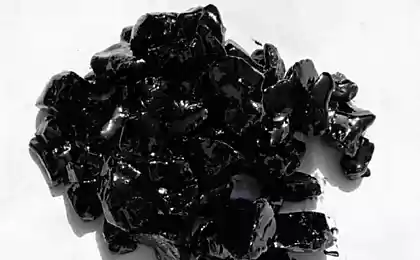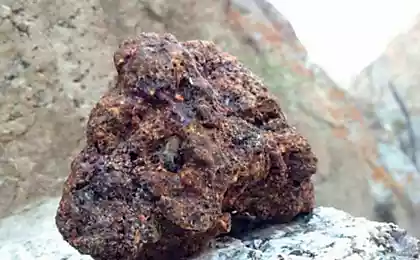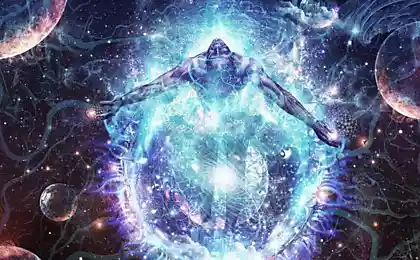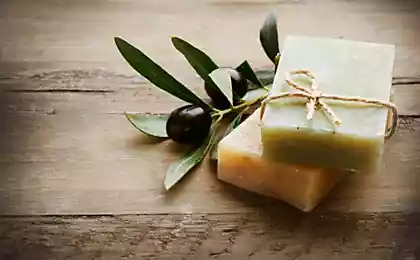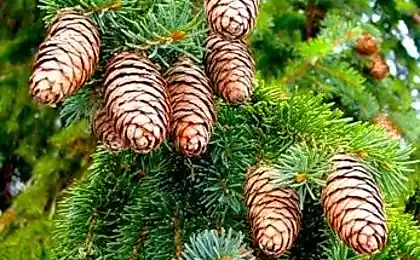654
Shilajit — the healing power of more than 80 components
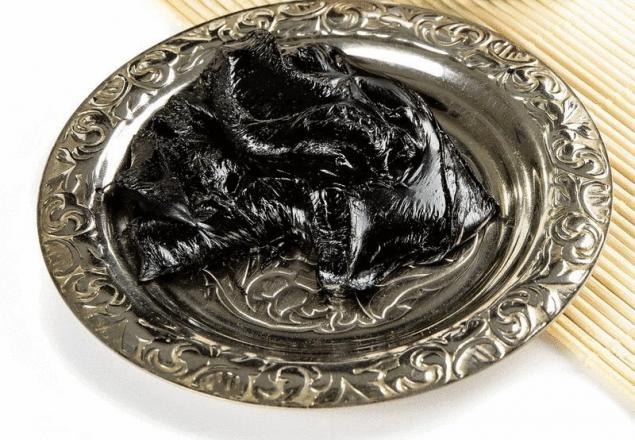
Storieslove uses the created nature of organo-mineral balm over 4000 years. Over 2500 years ago Aristotle described the various medicinal properties of Shilajit. In ancient literature, a lot of mention of this unique composition of matter. They also have in medical treatises of Avicenna, who believed that Shilajit is able to rejuvenate the skin, to give strength senile heart, get rid of unnecessary clots of blood."
Shilajit is widely used in ancient Egypt in the third Millennium BC with the goal of treating patients and embalming the dead. The Egyptians called Shilajit in those days, "Illyrian pitch". This product, which has natural healing power, often used in the practice of physicians of India, Tibet, Mongolia and Central Asia for the treatment of sprains, fractures, tuberculosis and asthma, poisoning, sexual weakness, liver disease, stomach ulcers, skin diseases and diseases of the ears, the bites of poisonous insects and snakes.
The miraculous healing power mummy of the ancient Oriental poets often sang of in his poems. About this unique balm Shilajit in ancient times was composed of many folklore and legends, in which Shilajit is often called the "tear stone giant" or "mountain tear."
It should be noted that the word "Shilajit", which is currently the most widespread and common name balsam resinoid, used since the time of the birth of the Arab culture. Until now, linguists have two versions about the origin of the word: in the first version — Shilajit may take origin from the Persian word "mum" meaning wax, and the second "mummy" in the Greek refers to "preserving, protecting the body."
But from ancient times to the present day in different parts of the world have retinoid Shilajit there are many different, so to say local names, which speak about the peculiarities of the deposits of this natural remedy, its composition, quality and therapeutic properties. For example, in Buryatia, Tibet and Mongolia, also called "bregeon" (it means "rock blood", "rock juice", "juice jewellery", "rock nectar"), Central Asia — "Arhar-Tash" or "Asil" (means "priceless", "best", "very rare"), Burma — "Chao-Tung" ("blood mountain"), in India — silajit", in the Altai mountains in southern Siberia — "barahshin" ("mountain wax", "oil mountain", "mountain fly").
What is Shilajit. Conditions of formation amarkantak-mineral product Shilajit is found in nature in the form of crusts and incrustations in the cracks, which are protected from rain and the clefts of Alpine rocks. This files most often formed mummies on the altitude of 300 to 3200 meters above sea level, deposition occurs mainly on the southern slopes of the mountains, where there are conditions of minimum humidity and low oxygen. This occurs under the action of temperature changes and increased UV radiation.
These conditions are particularly favorable for gradual mummification and polymerization of biological mass members of the mummy, in which vegetable and animal origin. Typically, the concentration of Shilajit is concentrated where there is usually bats, pikas, wild pigeons, squirrels, argali, and where, in addition, grow medicinal plants, which are eaten these animals (rose, rhubarb, juniper, mint, mugwort, Valerian, lichen, thyme).
Currently discovered the field of mountain balsam mummy in the mountains of Transbaikalia and South Siberia, the far East and North Caucasus, Turkmenistan, Mongolia, Kazakhstan, Azerbaijan, Burma, Iran, India, and in Indonesia, South America and Australia.
Shilajit raw and purified mumaw its natural and raw form, Shilajit is a raw (as it is called) is a retinoid heterogeneous mass with a dark brown or even brown-black color, grainy texture, matte or shiny surface. Shilajit is a raw contains various inclusions of mineral, vegetable and animal origin. These particles can be sand, seeds, parts of plants, wool, small fragments of rock, bones, the shells of insects, pieces of wood. Shilajit in this form for human consumption are not suitable because the impurities which it contains, may be unsafe to consume.
From Shilajit raw with the technical processing methods, centrifugation, aqueous extraction, evaporation or filtration removes various ballast substances. The result of this treatment is a purified Shilajit high quality, it becomes more suitable for treatment and prevention, for cosmetic application.
Purified Shilajit is a thick plastic and homogeneous mass it stretches easily with your hands. Color it dark brown or black, it has a specific spicy smell and bitter taste. In water fully soluble, but poorly soluble in ether, alcohol and other organic solvents.
Cleaning method and age of the mummy is important in determining its quality. Than mummy older, the more it will contain natural anticoagulants and antibiotics, and the greater its efficacy and the therapeutic and prophylactic application. The most correct way of purification of Shilajit is a Shilajit raw not subjected to overheating, which means that it does not lose its beneficial properties.
Biochemical composition of munyemana is a complex natural organic-mineral complex, which comprises more than 80 components.
In the biochemical composition mumie contains: essential and non-essential amino acids (glycine, glutamic acid, methionine, phenylalanine, histidine, valine, lysine, tryptophan, arginine, isoleucine, aspartic acid, etc.), mono - and polyunsaturated fatty acids (linolenic, linoleic, Petroselinum, oleic acid), organic acids (benzoic, hippuric, succinic, adipic, oxalic, kojic, lichen, tartaric, citric, etc.), phospholipids, resins, essential oils, alkaloids, steroids, retinoid substance, chlorophyll, enzymes, coumarins, tannins, terpenoids, carotenoids (provitamin A), vitamins B1, B2, B3, B6, B12, C, E, flavonoids, and about 60 micro - and macroelements (magnesium, calcium, potassium, sodium, iron, manganese, phosphorus, copper, zinc, silver, chromium, selenium, silicon, sulfur, aluminum, Nickel, cobalt, etc.).
A leading position among the minerals in Shilajit is a calcium, potassium, manganese and magnesium portion of these minerals can range from 20-60% inorganic compound Shilajit. Mineral constituent of Shilajit includes free micro and macro elements, hydroxides and insoluble salts (calcite, potash, quartzite, dolomite, lime, etc.) and of the total mass of Shilajit can, on average, to be 12-40%.
The proportion of organic parts of the mummy, which is characterized by a high content of humic acids is more than 70% of the total mass of Shilajit.
Source: lubim-zhizn.ru/


